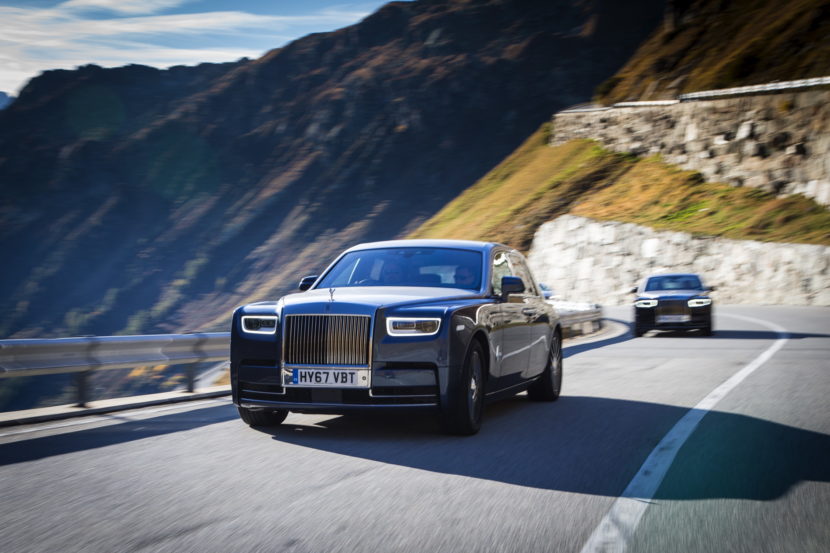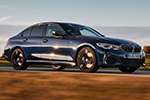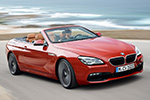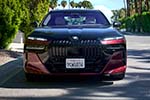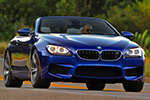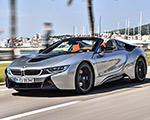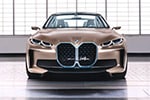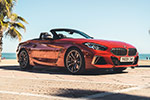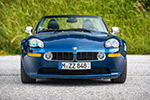Designworks has a way of quietly shaping some of BMW’s biggest victories. Time and again, the California studio has influenced cars that went on to redefine entire segments. While the Designworks-BMW X5 history is arguably most well-known, the studio’s most astonishing win may have come from an even higher perch. Before the reborn Rolls-Royce Phantom stunned the luxury world, design commenced in a small California studio — not, as you might imagine, in rainy Goodwood or Munich. There, a designer named Marek Djordjevic sketched the foundation for the most important Rolls-Royce of the modern era.
Designworks, Where Good Design is a Habit
As with the E46’s California design history, we sadly can’t show you sketches that Designworks representatives shared with us. So you’ll have to take our word for it. Similarly to the fateful 3 Series design, the Rolls-Royce Phantom’s initial framework came by way of a company-wide and worldwide design contest. According to the Designworks spokesperson, both the sedan and convertible (Drophead) Phantom designs originated from the California studio. Photos shared showed an initial prototype model wearing BMW wheels, as apparently wheels in the correct size didn’t yet exist. The car was “too new,” according to the spokesperson.
It’s at least arguable that Designworks winning the design bid for the Rolls-Royce Phantom is an even greater accomplishment than the E46 BMW 3 Series or the now ubiquitous X5. After all, the Phantom sits at the pinnacle of both the Rolls and BMW portfolio. More importantly, this particular Phantom was, of course, the first one designed after BMW took over the reigns for Rolls-Royce. The reinvented Phantom of the early 2000s simply had to be good in order for BMW’s acquisition to make sense. Of course, considering the fact that BMW had been after Rolls-Royce for almost a decade before finally obtaining it, there was virtually zero chance the brand wouldn’t have come prepared for the upward battle of righting the stagnating brand.
BMW’s Battle for Rolls-Royce Started With the Phantom VII
Of course, they had little choice but to start from scratch. When BMW picked up Rolls-Royce, it had its work cut out for it. Since Volkswagen retained most of the rights to physical attributes surrounding the Rolls-Royce brand, BMW needed to design a car without almost any carryover from the Silver Seraph, the brand’s former flagship. A new Pantheon grille and Spirit of Ecstasy were just some of the crucial details that ended up getting ironed out as the new Phantom — otherwise known as the Phantom VII — came to life.
The car grew substantially relative to the last range-topper, and that was for good reason. Truly magnificent proportions were required for a car as important and expensive as the Phantom; it was over a foot longer than the Silver Seraph, and grew in every other aspect too. A larger 6.75-liter V12 engine was positioned under the hood and late-model Phantom VIIs even got an eight-speed automatic transmission. Most importantly, the car is largely credited with bringing Rolls back to the forefront of top-tier luxury cars. Perhaps a credit to its awesome reception, the Phantom remained in production for almost fifteen years, with the last models leaving the factory in 2017. And none of it would’ve been possible without a little design studio in Southern California.




